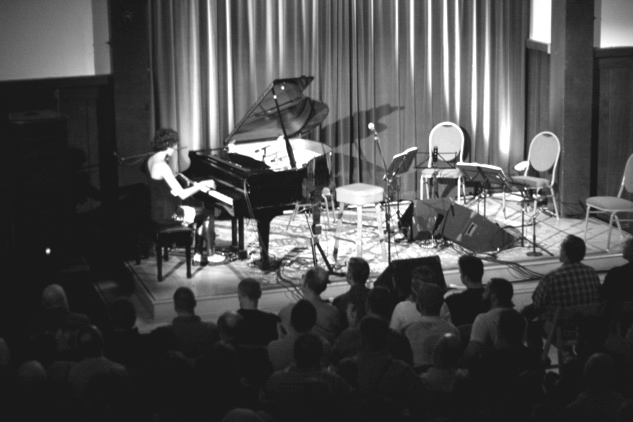In this podcast, Genny and I discuss teaching and performing. Watch to find out more!
As a teacher who also engages in performing, the path of blending these two passions brings forth a unique set of challenges and celebrations. The classroom becomes a stage where knowledge is shared, skills are honed, and connections are formed. The challenge lies in navigating the diverse learning styles and needs of students, adapting teaching methods to captivate and inspire. It demands continuous growth, embracing new techniques, and fostering a nurturing environment that encourages students to reach their full potential. Concurrently, being a performer opens up avenues for self-expression and artistic exploration. It entails countless hours of dedicated practice, overcoming stage fright, and conveying emotions through music. The stage becomes a canvas where the teacher-turned-performer strives to ignite joy, inspire audiences, and share the transformative power of music. Celebrations come in witnessing the growth and success of students, witnessing their progress from novices to confident performers. It is the shared sense of achievement when students master a challenging piece or experience the thrill of a standing ovation after a performance. It is in those moments that the challenges become worthwhile, and the intertwining of teaching and performing becomes a harmonious symphony of fulfillment and passion.

